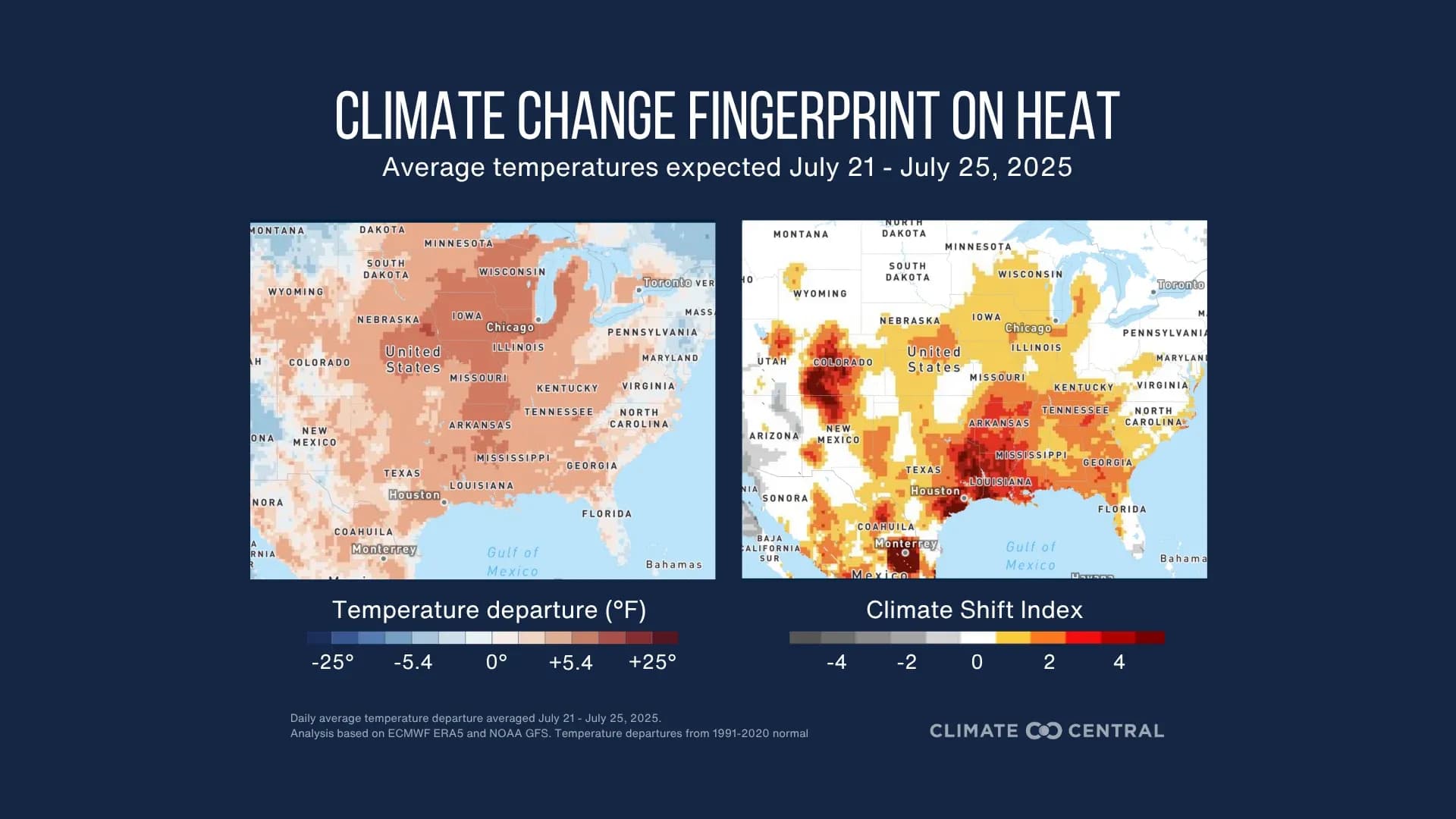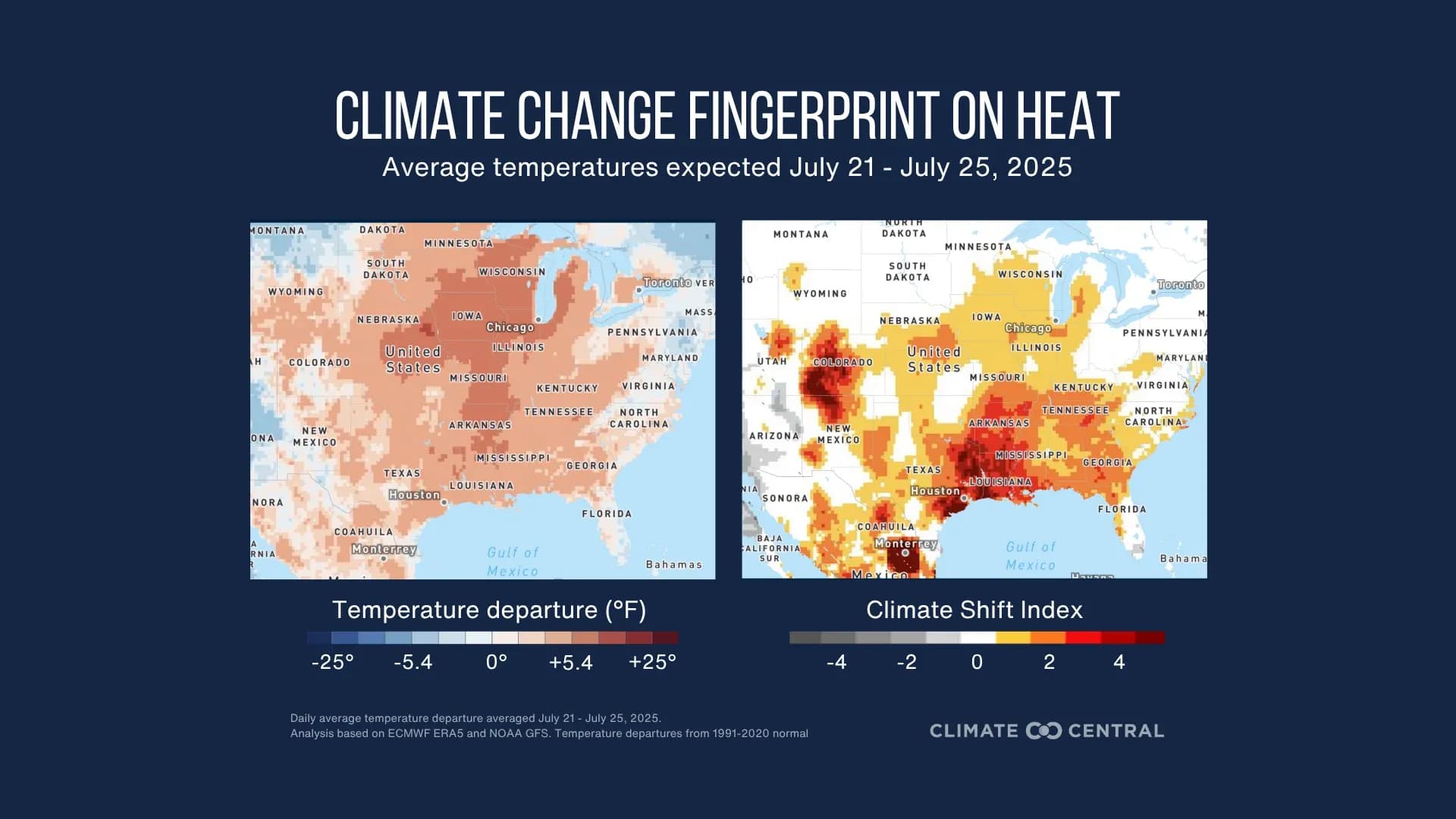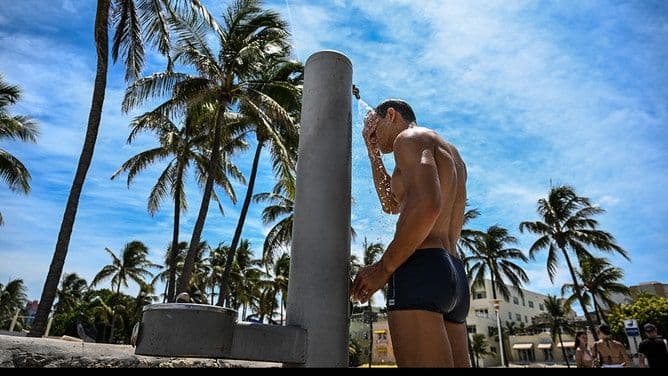America's Invisible Inferno: Confronting the Silent Summer Killer
Unpack America's extreme heat crisis. Discover its invisible toll, systemic challenges, and vital strategies for survival and long-term resilience in a rapidly warming world.
The Unseen Pressure Cooker: Where Heat Is Hitting Hardest
America is currently grappling with an insidious adversary: extreme heat. What often feels like just another hot summer day is, in fact, a silent pressure cooker, impacting vast swathes of the nation. Over 185 million people across the eastern half of the found themselves under heat warnings recently, a staggering figure that underscores the sheer scale of this crisis. From the Carolinas all the way down to , and stretching across the Midwest to the Mid-Atlantic, heat index values — what the temperature truly feels like with humidity — have soared to dangerous levels, frequently hitting 105 to 113F (40.5 to 45C). Some areas, like parts of and , have even braced for a truly terrifying 120F (49C) heat index. Major metropolitan areas, including , , , , and , are caught in this oppressive grip, experiencing daily temperatures climbing into the mid-90s and low 100s. This isn't just an isolated incident; it's a widespread phenomenon, with Level 4 heat risk, the highest classification, enveloping much of the Southeast, and a broader Level 3 risk extending across the country's eastern plains and into the Midwest. The intensity is undeniable, with cities like breaking century-old temperature records, a stark reminder of the unprecedented conditions we're facing.
Invisible Casualties: The Human Cost of Our Hottest Summers
While the numbers on a thermometer tell one story, the human toll of extreme heat paints a far more somber picture. This isn't merely discomfort; it's a deadly threat. Excessive heat, according to the (), has already claimed the grim title of the leading cause of weather-related deaths in the US. The () estimates over 1,300 heat-related fatalities annually, a figure that often goes unacknowledged, making these deaths truly 'invisible casualties' compared to more dramatic weather events. This crisis disproportionately burdens the most vulnerable among us: migrants toiling in the sun, prisoners in sweltering facilities, and schoolchildren enduring under-cooled classrooms. These populations frequently lack the resources or agency to escape the heat, compounding their risk. What's more, the very agencies tasked with protecting us are often understaffed, a consequence of past cuts, hindering their capacity to respond effectively. This isn't just a weather problem; it's a societal failure to protect its most susceptible members, revealing critical gaps in our preparedness and exposing a systemic vulnerability that deepens with every passing heatwave.
Beyond Weather: Heat as a Climate Bellwether
What we're experiencing isn't just a series of exceptionally hot days; it's a clear signal from a warming world. Extreme heat, with its record-breaking temperatures and unprecedented persistence, serves as a stark bellwether for the escalating . While pinning any single weather event solely on global is complex, the data unequivocally shows a greater frequency and intensity of extreme weather incidents. When the heat index in and threatens to reach a staggering 120F, or when cities like shatter 130-year-old temperature records, these aren't random occurrences. They are symptoms of a larger, systemic shift in our planet's thermal reality. The consistent high temperatures, coupled with dense humidity that keeps overnight relief out of reach, reflect a fundamental change in atmospheric conditions. This isn't just a summer phenomenon to be endured; it's a preview of our future. Ignoring these increasingly severe and widespread heat events as mere 'weather' would be a dangerous misjudgment, preventing us from addressing the root causes and preparing for the long-term implications of a climate in flux.
Staying Afloat: Urgent Strategies for Personal and Community Resilience
Confronting this new thermal reality demands more than just reactive warnings; it requires urgent, practical strategies for both personal and community resilience. For individuals, the advice remains critical: stay hydrated, seek air-conditioned spaces, and avoid strenuous outdoor activity during peak heat hours. Yet, for many vulnerable populations, these simple actions are often out of reach. This highlights the crucial role of community-level interventions. Establishing and promoting accessible cooling centers, ensuring adequate staffing for emergency services, and providing resources to those without consistent access to cooling are not just helpful, but essential. We've seen how dangerous Level 3 and 4 heat risk zones can be, where heat illness becomes a serious concern for the general population, not just the susceptible. While a cold front may offer temporary reprieve in some areas, bringing a welcome drop in temperatures, this short-term relief shouldn't lull us into complacency. It's a fleeting break, not a solution. The challenge lies in building robust, adaptive systems that can withstand the inevitable return of extreme heat, moving beyond mere survival to genuine preparedness.
Rewriting the Future: Adapting to a New Thermal Reality
The transient relief brought by a cold front, while welcome, serves as a stark reminder that we are not simply enduring a temporary bout of heat; we are adapting to a new thermal reality. The persistent high overnight temperatures, often remaining in the 70s or even higher, underscore that the respite is often too brief and insufficient for bodies to recover. This isn't a problem that will simply vanish. The crucial need to find long-term solutions is amplified by the fact that many agencies, vital for climate preparedness and response, remain understaffed. This systemic weakness, stemming from past policy decisions, cripples our ability to proactively address an intensifying crisis. While the current heat may shift westward after abating in the east, the overall trend of extreme readings will persist. Rewriting our future means moving beyond crisis management to fundamental climate resilience. It involves significant investment in infrastructure, urban planning that incorporates green spaces and cooling technologies, and robust public health initiatives specifically designed for a hotter world. We must think beyond the immediate summer and strategize for a future where extreme heat isn't an anomaly, but a defining characteristic of our climate.
Related Articles

Beyond the Thermometer: Unpacking Our New Era of Extreme Heat

Beyond the Thermometer: Unpacking Our New Era of Extreme Heat

The Enduring Burn: Unmasking Climate's Mark on America's Hottest Days

The Enduring Burn: Unmasking Climate's Mark on America's Hottest Days

The Climate Crucible: Unpacking the New Era of Extreme Summer Heat

The Climate Crucible: Unpacking the New Era of Extreme Summer Heat

Unpacking Summer's Fiery Future: How Climate Change Rewrites the Rules of Heat
